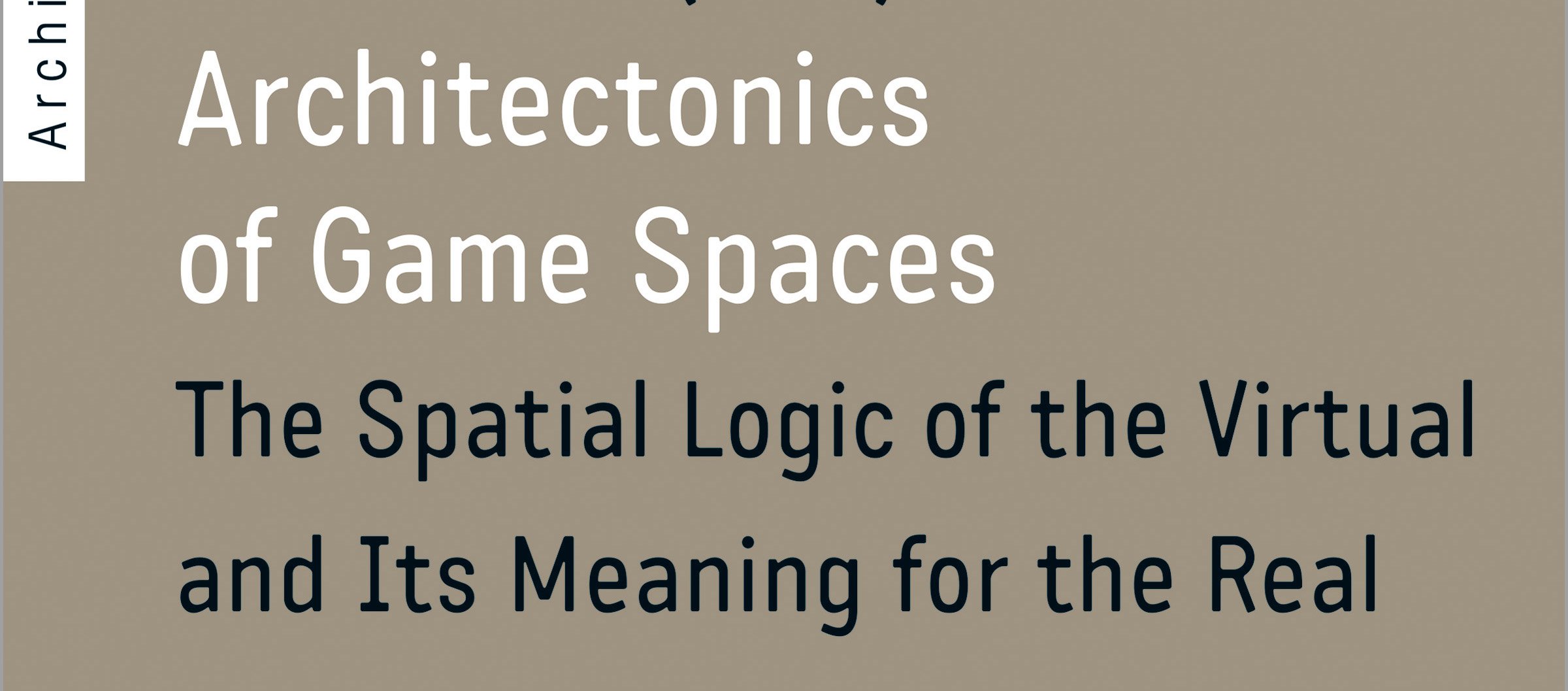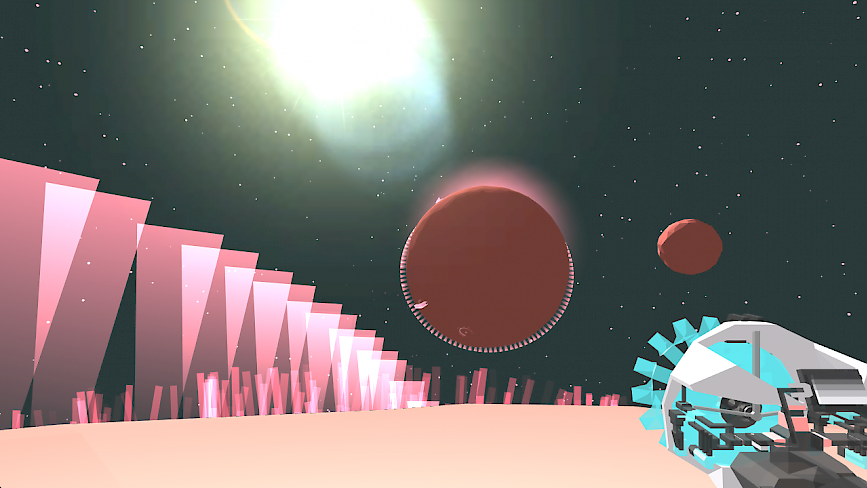
New book: Architectonics of Game Spaces


"What consequences does the design of the virtual yield for architecture and to what extent can architectural knowledge be used productively to turn game-worlds into actual, sustainable places?"
Prof. Stefano Gualeni (associate professor here at the Institute of Digital Games) participated to a pioneering collection of essays that was recently published with Transcript (Germany) and edited by Andri Gerber & Ulrich Goetz.
Video Game Spaces, Image Play, and Structure in 3D Worlds
The book is titled Architectonics of Game Spaces: The Spatial Logic of the Virtual and Its Meaning for the Real, and it gives an overview of contemporary developments in designing digital games and of the relationships such practices have established with architectural design. According to the perspectives proposed by the book, and due to their simulative capabilities, games reveal constructions of reality while positively impacting spatial ability and allowing for alternative avenues to complex topics and processes of negotiation.
Prof. Gualeni's chapter is titled Virtual World Weariness: On Delaying the Experiential Erosion of Digital Environments, and can be accessed (in a pre-print draft) here.
Weltschmerz in Game Environments
Themes treated in Gualeni's article: A common understanding of the role of a game developer includes establishing (or at least partially establishing) what is interactively and perceptually available in (video)game environments: what elements and behaviors those worlds include and allow, and what is – instead – left out of their ‘possibility horizon’. The term ‘possibility horizon’ references the Ancient Greek origin of the term ‘horizon’, ὄρος (oros), which denotes a frontier – a spatial limit. On this etymological foundation, ‘horizon’ is used here to indicate the spatial and operational boundaries that a (video)game environment affords its players.
Stefano's chapter discusses a particular feeling that emerges in relation to playful encounters with the ‘possibility horizons’ of videogames. I am referring here to the realization, as a player, that a game environment can be experientially exhausted and is, as such, ultimately banal. In other words, I will examine how our deliberate engagement with the interactive environments of digital games can trigger sensations that are analogous to what Romantic authors referred to as Weltschmerz (‘world-weariness’).

[A screenshot of Mirrormoon EP (Santa Ragione, 2013) exemplifying the minimal, procedurally-generated features of their explorable content (used with permission)]

